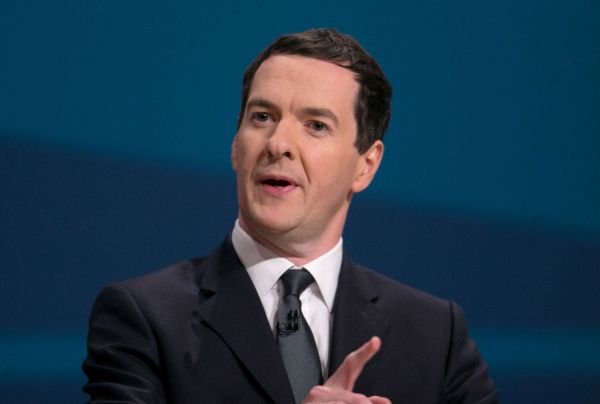When George Osborne gives his Autumn Statement on 5 December, the OBR will publish its new forecasts for growth, deficit and debt. For the last few weeks, the consensus has been that the OBR would declare that Osborne will miss the debt target he set himself in 2010: to have the debt-to-GDP ratio falling in 2015-16. The logic behind this, as I set out in September, is pretty straightforward: the OBR will have to lower its growth forecasts, which will in turn mean lower tax revenues, higher deficits and more debt. But it now looks like Osborne might narrowly avoid failure, though not because the outlook for the economy or the government finances is any brighter.
Instead, according to Citi’s Michael Saunders, if the OBR shows Osborne meeting his target it’ll be thanks to two factors: lower debt interest payments (thanks to lower gilt yields than previously expected) and the transfer — announced a fortnight ago — of the interest accrued on the assets purchased by the Bank of England as part of its Quantitative Easing programme (known as the ‘Asset Purchase Facility’ or APF).
The below graph, with figures from Citi Research, shows how these effects could help Osborne stick to his fiscal rule. The red line shows what the OBR’s new forecast might look like without the above effects; the yellow line shows how it’d look with them included. Not only is the debt-to-GDP lower as a result, but — crucially — it falls (very slightly) from 2014-15 to 2015-16.
Saunders says that ‘the APF transfer and prospective saving in debt service costs probably will keep the Chancellor on track to hit the debt target even with a sizeable revenue shortfall driven by sluggish nominal GDP growth’.
Considering how embarrassing it’d be for the Chancellor to miss his own target, and how unpopular it’d be to have to implement further austerity to meet it, this really would be a miraculous escape by Osborne. We’ll find out in 12 days.






Comments